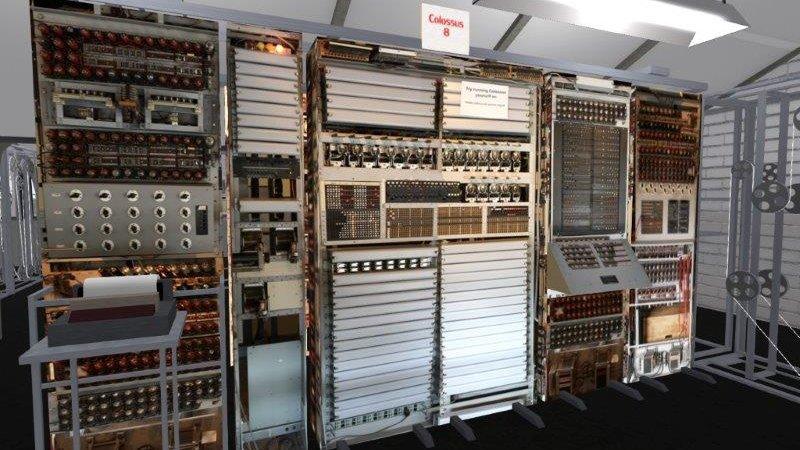Lost chunk of pioneering Edsac computer found
- Published

The recovered Edsac part is thought to have been sold at auction in the 1950s
An original part of one of the UK's pioneering computers has been found in the US.
The part is a significant chunk of Edsac - a machine built at Cambridge in the late 1940s to serve scientists at the university.
It came to light because of publicity surrounding an effort to rebuild the computer.
The part has now been donated to the rebuild project, external and will be incorporated into the finished machine.
Edsac, the Electronic Delay Storage Automatic Calculator, ran its first programs in May 1949 and through its working life aided many scientists by analysing data generated by many different experiments.
Before now, it had not been known what happened to the parts of Edsac after it was decommissioned and dismantled in the 1950s.
The uncovering of the part, called the Chassis 1A, solved part of that riddle, said Dr Andrew Herbert who is leading the reconstruction project at the National Museum of Computing at Bletchley Park.
The pioneering Edsac computer is being recreated by engineers
It now appears that at the end of Edsac's life it was sold off in an auction but it is not known who bought all the parts.
"Details of the 'auction' are unclear, but there is a possibility that other parts of the original Edsac still exist and could even be in the Cambridge area stored away in lofts, garden sheds and garages," said Mr Herbert.
Book shelves
The Chassis 1A found its way to the US after being bought by Robert Little, who currently lives in Pennsylvania.
He got it from a Cambridge scientist called Dr Robert Clarke in 1969, who had bought several Edsac pieces in the auction intending to turn them into bookshelves.
Mr Little contacted the Edsac reconstruction team after reading about the project online.
The Chassis is designed to hold 28 of the 3,000 valves that formed the main computational elements of Edsac.
The 12 vertical racks of Edsac held up to 14 individual chassis on to which the valves were fixed.
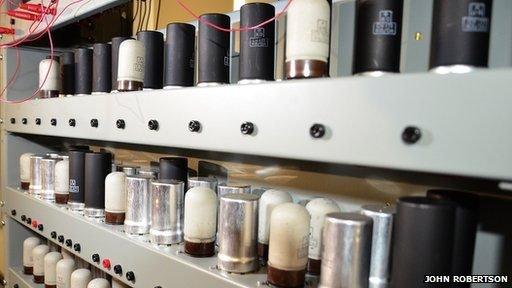
Edsac was the first machine created specifically to act as a computational resource for experimentalists
Dr Herbert said the donated chassis was "quite distressed" by corrosion after being in storage for several decades.
Work is now under way to see how much of it can be incorporated into the reconstructed Edsac.
"It would be a major task to return this particular chassis to operating condition," he said.
"However, we hope to try to use some of the valves, if they are still functional, in our reconstructed Edsac thus providing a very tangible connection with the original machine."
The chassis is the second Edsac artefact that publicity about the reconstruction has brought to light. In June last year, detailed circuit diagrams of Edsac were discovered and are now aiding project workers.
The reconstruction of Edsac is due to be completed by the end of the year.
- Published26 November 2014
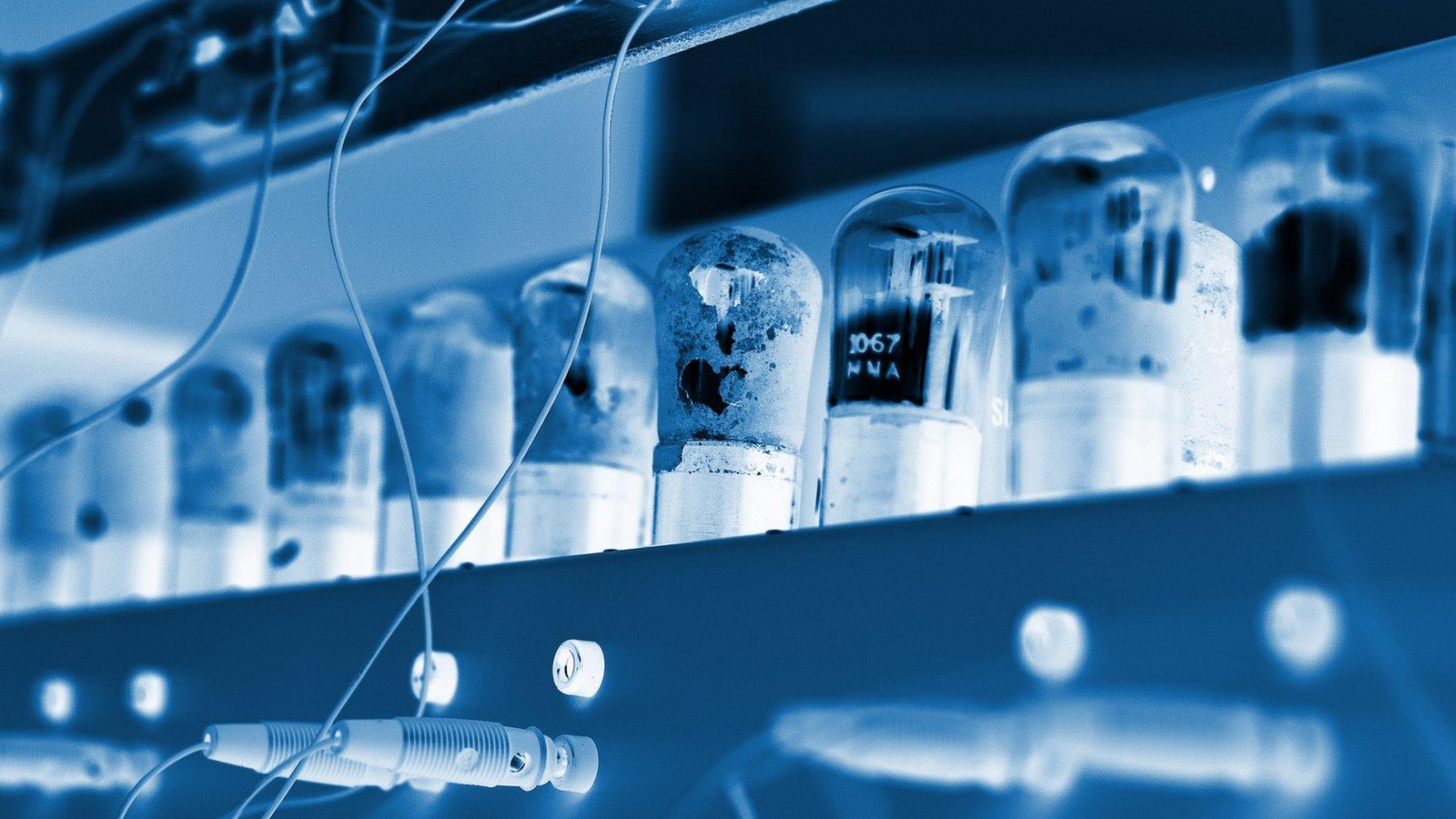
- Published20 November 2012
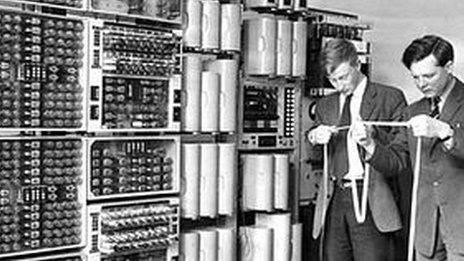
- Published25 June 2014
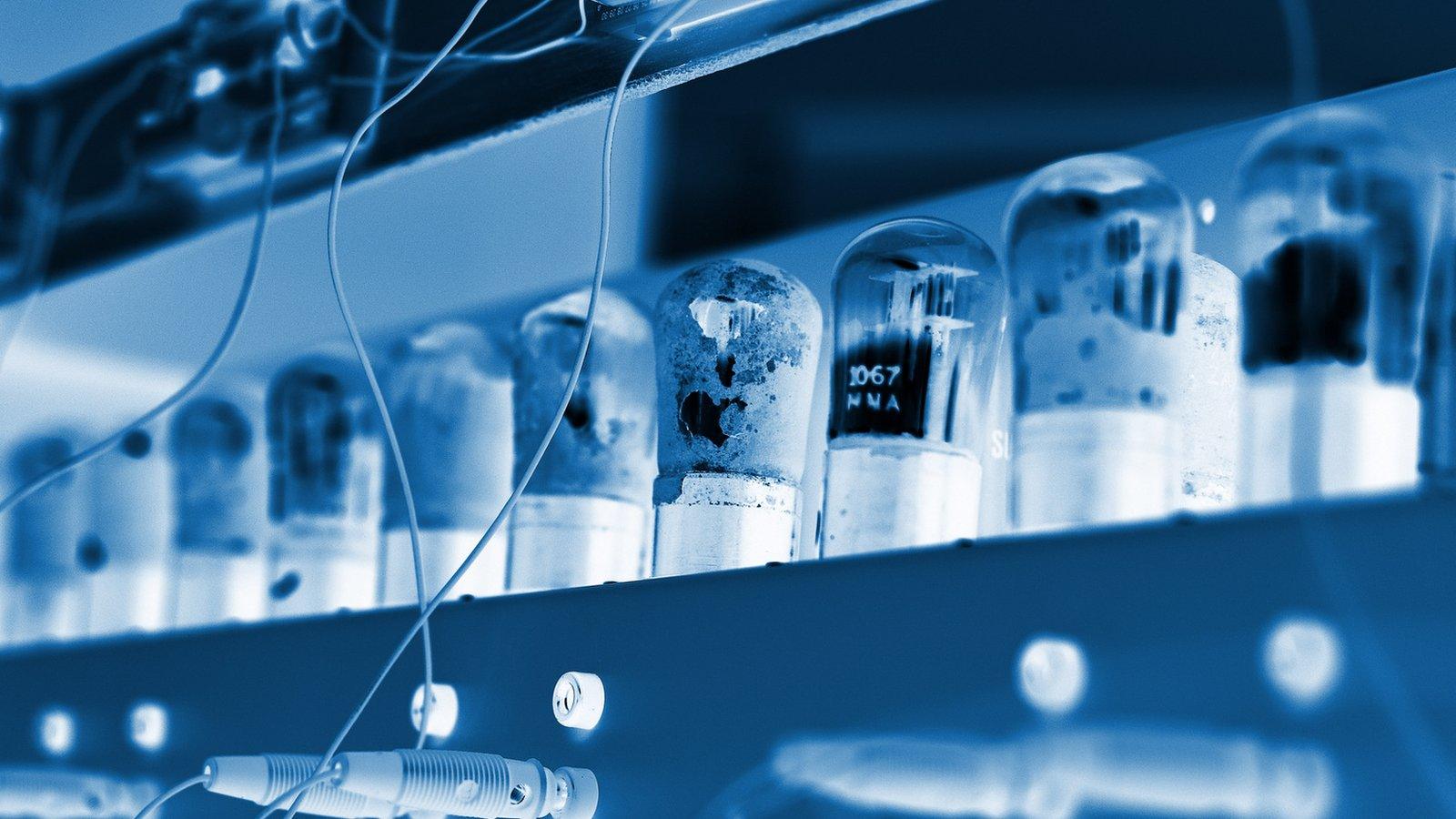
- Published22 September 2014
